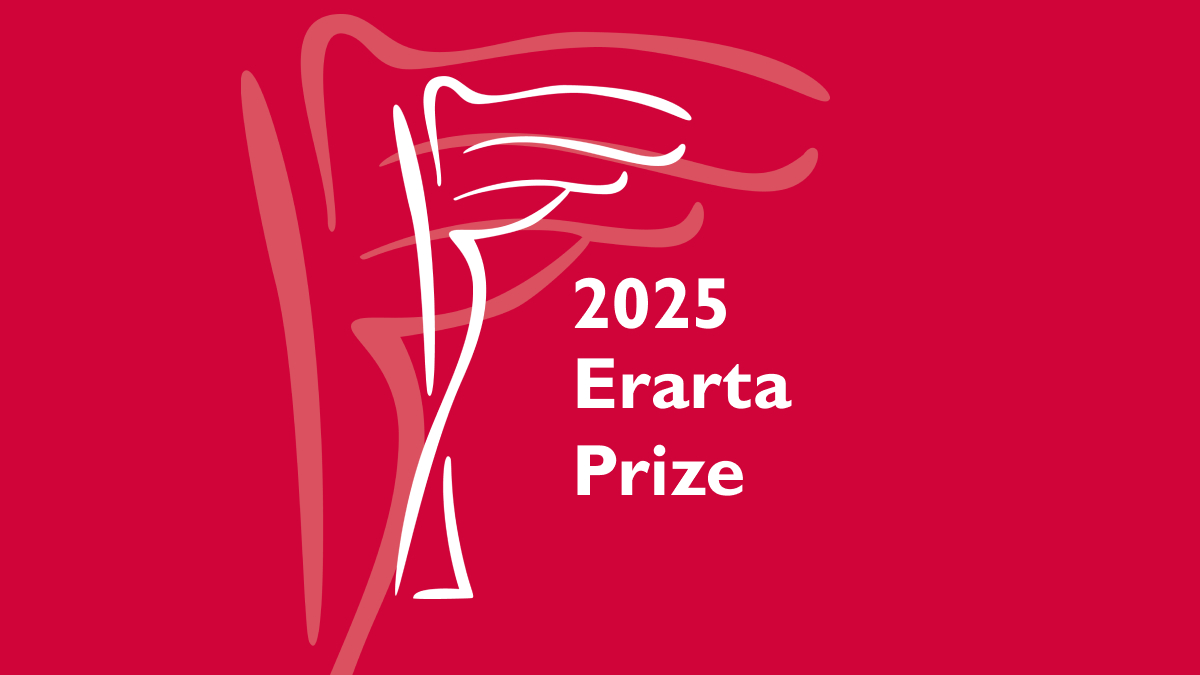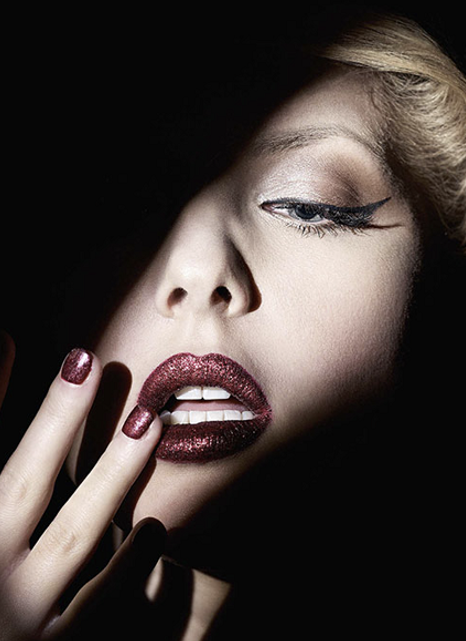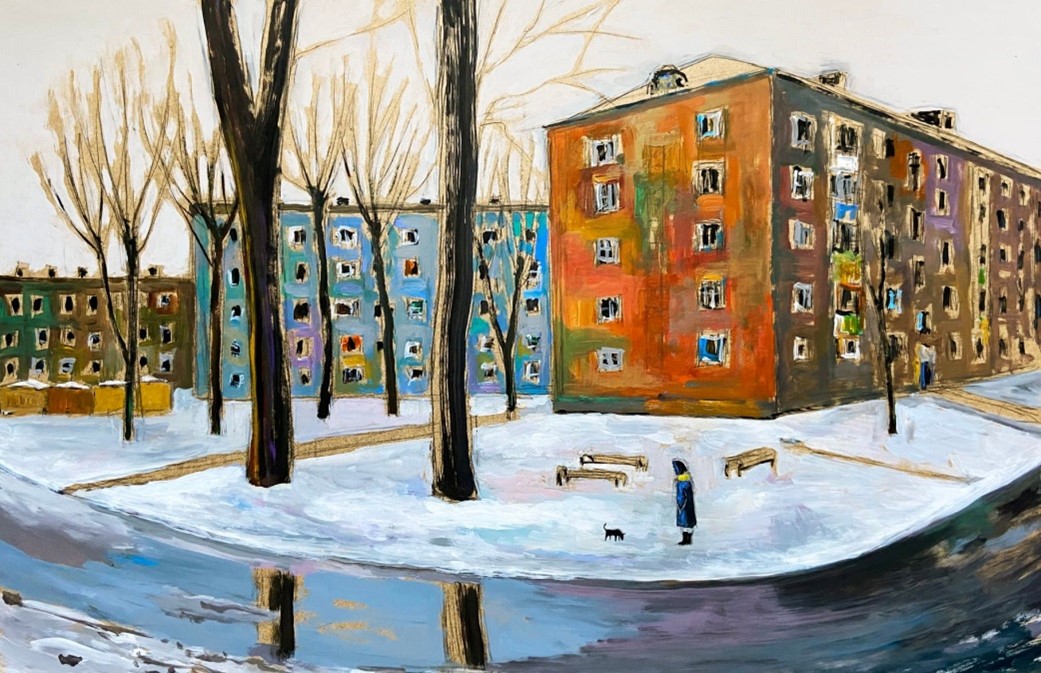Latest paintings by Saint-Petersburg artist Aleksey Chizhov offer a glimpse of the current world order through the prism of present-day military imagery
- A generalized metaphor of current geopolitics
- Works of an artist capable of a strong statement
- A hybrid war epic
The art of Aleksey Chizhov, like that of any practicing painter, is inextricably linked to tradition. In this particular case, we are talking about his constant allusions to socialist realism.
‘I don't believe there is such a thing as style in painting. I believe in the picture and in the power of figurative narrative,’ says the artist in reply to the question about the possibility of restoration or formation of a new ‘grand style’.
A characteristic feature of socialist realism is not presenting the reality as it is but rather as it should be — ideal. An ideal self-sacrificial feat, honored for eternity, an ideal rural holiday, or even an ideal bad student for whom there is still hope. Chizhov the artist, reproducing in his artistic universe the canonical examples of Soviet paintings like S. Chuikov’s ‘Daughter of Soviet Kyrghizia’, is engaged in a conscious dialogue with the past. Trying to break free of postmodernist irony, the artist unwittingly channels a kind of ‘humanistic pathos’ of the creator capable of a strong statement.
The New Order series is indeed extremely serious, since it is about war. Aleksey Chizhov does not hesitate to manifest in his works a certain civic stance, which reminds us of the naive sincerity of Romanticism art. He uses an archaic artistic language, abusing allegories and metaphors following the spirit of the Soviet science fiction. Chizhov's paintings are a kind of hybrid war epic. Any other artist setting out to show the ‘truth from the trenches’ of the information war probably would have depicted the icy darkness of a giant server room patrolled by a lonely IT specialist wearing a Star Wars logo t-shirt. Chizhov, in contrast, offers us something along the lines of the military history genre reimagined for the 21st century.
In his article ‘Art at War’ philosopher Boris Groys drew attention to the fact that by the end of the twentieth century, the war entered every home by means of the modern media which have no scruples about using artistic methods to present the information. In the presence of direct broadcasts, mobile phone videos, and the constant flow of reliable information, the art and the role of the artist as a social critic fade. Any impressions left by an exhibition or a theatrical performance are instantly replaced by the extremely aggressive images of the media reality as soon as anyone turns on the TV. That is why Chizhov the painter, inheriting a certain tradition, refers to the problems which concern him by using images that do not take the viewer out of his or her comfort zone. On the contrary, looking at the artist’s works one experiences the joy of recognition, and therefore a sense of involvement in the European artistic culture. The artist does not turn to war to show its violent horror, but seeks to create an oppressive atmosphere caused by a sense of hidden threat. All direct quotes and cultural allusions of the New Order series, representing a new type of military heroics, work for this effect. There are neither liberators nor treacherous invaders, neither terrorists nor victims in Chizhov’s peaceful poppy fields. There are only the impersonal, well-equipped peacekeepers guarding the intoxicating silence of the poppy field ringing in the heat. This disturbing serenity, occasionally broken by the screeches of parrots, is the achievement of the silent heroes deprived of national identity, honored with an epic song.






